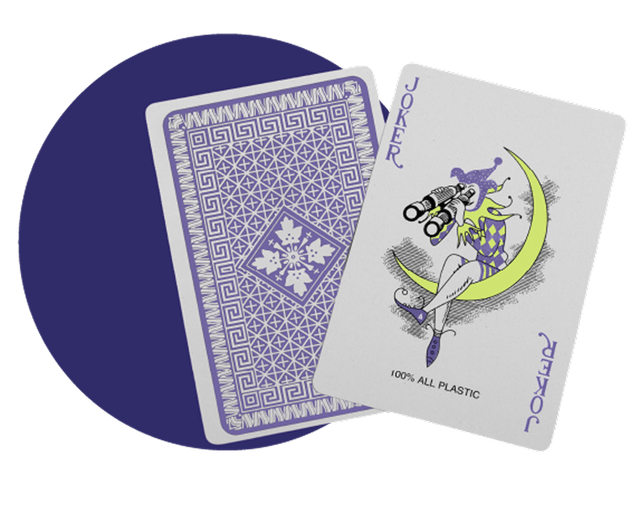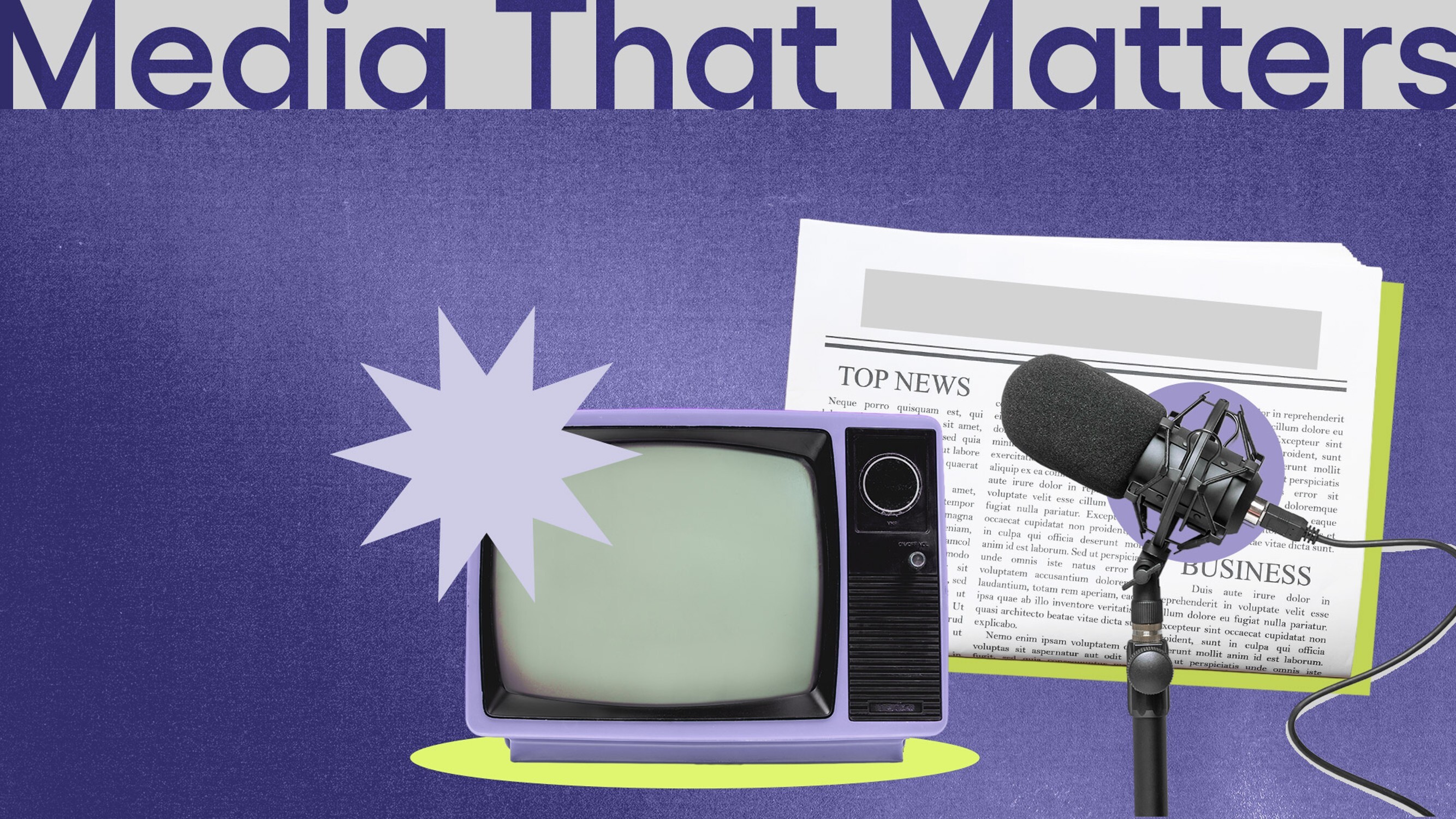
AI and the Retail Marketer’s Future
How AI transforms strategy and processes, driving the adoption of Positionless Marketing
Exclusive Forrester Report on AI in Marketing

This blog matters to marketers because it offers a step-by-step framework for maximizing one of history's most significant global sporting events, turning the 2026 World Cup from a short-term acquisition spike into a long-term retention engine. Marketers will learn how to design data-driven cohorts, orchestrate real-time engagement during live matches, and extend customer value well beyond the final whistle. In essence, it’s a blueprint for transforming event-based excitement into sustained, profitable relationships.
The 2026 World Cup will be the largest in history: 48 teams, 104 matches, three host nations, and an estimated 5 billion viewers. For sportsbooks globally, it's the biggest acquisition opportunity in four years and the biggest retention risk if operators treat it like just another tournament. For North American operators specifically, it's a once-in-a-generation chance to acquire soccer-first fans during a home tournament with matches across favorable time zones.
The operators who win, regardless of geography, will not only acquire at scale but also activate quickly and retain the right bettors well beyond the final. That requires treating acquisition and CRM as a single motion, with cohorts and journeys designed before kickoff, real-time operations during the tournament, and a deliberate bridge to year-round betting afterward.
To win the World Cup moment, operators must start early to lay the strategic and operational groundwork long before the first whistle.
Here's how it works.
The most effective operators focus strategically on the persuadable cohort between whales who bet regardless and promo-chasers who vanish after the bonus. This movable middle yields the highest marketing uplift per dollar spent.
This segment clusters into three behavioral patterns: Home-nation patriots follow their country religiously but go dark after elimination, requiring "second-team" pivots to player-centric narratives or cross-sport bridges. Star-chasers follow marquee players like Messi or Mbappé regardless of jersey, responding to journeys built around player props and individual storylines. Format explorers are new to soccer betting and need education on rotation risk, draws, and in-play markets through simple, low-friction offers.
Operators shouldn't wait until June to figure out what to say. Teams should build day-0 to day-30 journeys now, including eligibility rules by cohort and jurisdiction, suppression lists for high-risk segments, holdout groups by default to prove lift, and match-day cadences that respect Responsible Gaming rules. Each persona should be mapped to messaging, education, and frequency so nudges form habits without creating marketing fatigue.
With 48 teams across three host countries and multiple time zones, logistics matter. Operators in the Americas can run real-time communications aligned with prime viewing hours. European operators face afternoon and early evening matches, creating second-screen engagement opportunities. Asian and Australian operators need pre-match education and outcome-based triggers rather than real-time engagement. All operators should localize content for their home markets, build match-day triggers that fire at appropriate local times, and include logic to detect when matches no longer affect tournament standings to avoid wasting promotions.
Operators should assemble ready-to-launch libraries of modular templates: pre-match education for casual bettors, in-play prompts tied to game state, post-match reactivation for winners and near-miss losers, and elimination pivots for fans whose teams exit. Speed matters more than perfection.
Every market has different opportunities. North American operators should plan handoffs to MLS, Liga MX, and cross-sport bridges to NBA, NFL, and MLB. European operators can deepen engagement through domestic leagues kicking off in August and Champions League in September. Asian and Australian operators should leverage diaspora connections and bridge to the Premier League, Champions League, and region-specific sports. Latin American operators benefit from intense home-nation passion and should bridge to Copa Libertadores and domestic leagues.
Operators should track baselines now: registration-to-deposit rate, deposit-to-first-bet rate, day-7 active rate, tests per week, time from brief to live, and projected LTV vs CAC by cohort.
Real-time operations separate winners from laggards. Operators should create live dashboards tracking engagement by time zone and market, home-nation vs star-player betting volume, promo ROI, fatigue signals, and Responsible Gaming flags. This pulse should drive real-time decisions to reallocate spend, adjust frequency caps, and tune eligibility. Operators without real-time dashboards should prioritize building this capability now.
When a national team exits, operators have 48 hours to pivot or lose that bettor. They should detect elimination events and shift quickly to player narratives ("Follow Messi regardless of jersey"), underdog stories, diaspora connections ("Italian-Australians supporting Italy"), style of play pivots, revenge narratives, or cross-sport bridges. Patriotic bettors don't have to churn if operators give them a reason to stay.
Match days require precision. Operators should build triggers for goals, red cards, halftime, extra time, and penalties, each with clear eligibility logic, channel choice, and frequency rules to stay effective and responsible.
Vanity metrics don't matter. Habit formation does. Operators should measure second bet within 72 hours, weekly active sessions, match-day reactivation rate, share of live bets, parlay discovery rate, incremental lift by journey, and fatigue rate.
The tournament ends. Operators' work doesn't. At day-14 and day-30, operators should distinguish stable engagers from obvious promo-chasers, suppressing the latter to low-cost streams while graduating engaged bettors to next-best-sport programs. Not every signup is worth keeping.
Football loyalists should be bridged to ongoing football content relevant to their market: domestic leagues, Champions League, international qualifiers, and World Cup 2030 futures. Variety seekers should be bridged to complementary sports through simple education and low-friction offers: NBA, NFL, cricket, rugby, tennis, esports, or basketball, depending on the market.
Operators shouldn't wait 90 days to check in. They should schedule touchpoints at day 7 ("Miss the action?"), day 30 (league openers, Champions League), day 60 (seasonal pivots), and day 90 (win-back offers). They should track day-30 retention rate, first bet in a non-World Cup market, cross-sport adoption rate, reactivation saves, and LTV vs CAC trajectory by cohort.
These five principles separate execution from aspiration:
This overview is a starting point. Over the coming months, deeper guides will be published addressing cohort design, real-time trigger architecture, market-specific cross-sport handoff playbooks, and post-tournament retention strategies.
The 2026 World Cup will separate operators who treat major events as acquisition spikes from those who treat them as habit-formation engines. The operators who build now will still be converting June signups into September revenue and beyond. The operators who win won't just capture the moment. They'll build relationships that last long after the final whistle.
For more insights into the 2026 World Cup, contact us to request a demo.
Exclusive Forrester Report on AI in Marketing
In this proprietary Forrester report, learn how global marketers use AI and Positionless Marketing to streamline workflows and increase relevance.


Motti Colman, VP of Revenue, Gaming at Optimove, is a veteran expert in CRM Marketing within the online and offline gaming and retail verticals. Motti combines sharp business and finance skills with business and marketing best practices, positioning him as a leader in his field.
Previously, Motti headed up a High Net-Worth Family Office in London. Motti holds an ACA in Forensic Accounting from BDO.


